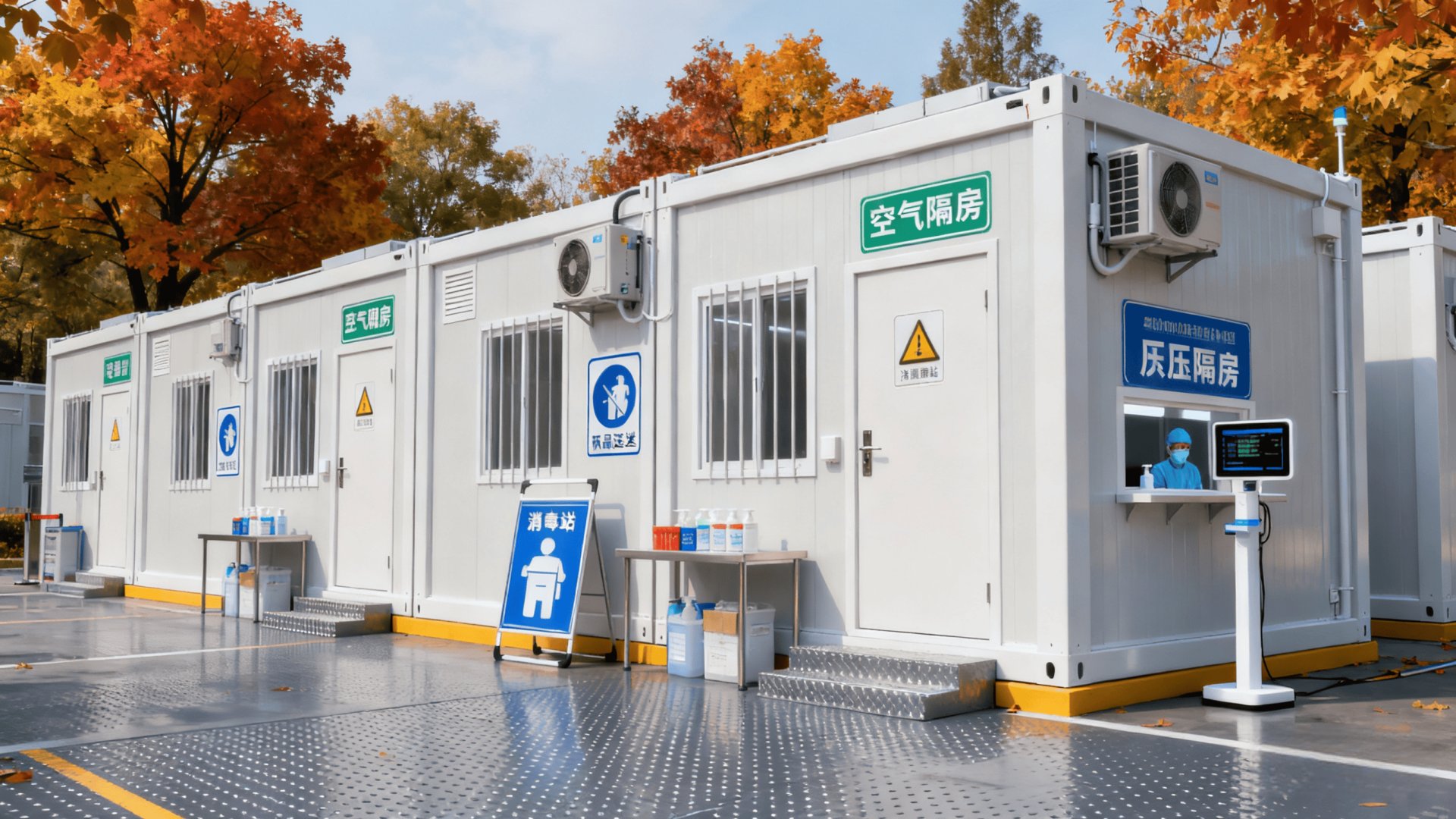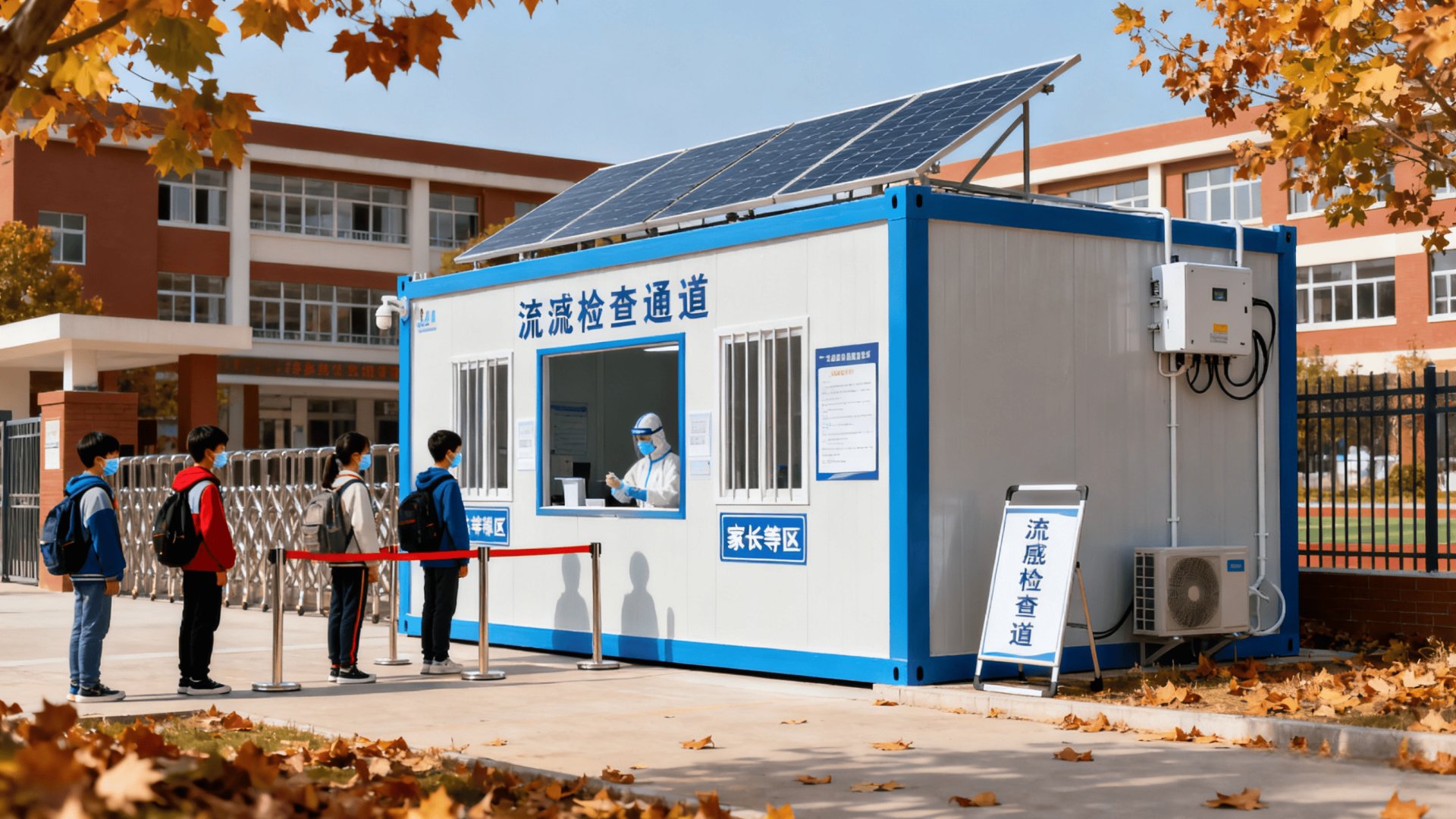As of 07:16 PM PDT on Thursday, October 9, 2025, the world enters the peak of flu season, with the World Health Organization (WHO) warning of a potential new wave of respiratory illnesses straining healthcare systems. Simultaneously, the autumn school season heightens demand for educational and community facilities in remote areas. Against this backdrop, smart prefab homes—including shipping container homes and modular container homes—emerge as rapidly deployable, health-focused solutions, ideal for prefab medical housing, isolation units, and sustainable educational housing. This article explores how smart prefab housing addresses health challenges and boosts global community development.
In October 2025, WHO reports a 30% increase in flu cases compared to last year, exacerbating shortages of medical facilities in remote regions. Traditional temporary structures, slow to build and poor in air quality, fail to meet urgent needs. Meanwhile, the autumn school season prompts UNESCO to address the need for quick, safe solutions for remote schools. Smart prefab homes shine with 1-7 day rapid assembly, living spaces exceeding 60 square meters, and features like advanced ventilation and antibacterial coatings, making them perfect for prefab health homes and sustainable school buildings.
Market data indicates a 22% rise in demand for healthy modular homes and sustainable educational housing in 2025, particularly in North America and Africa, where smart prefab housing gains traction for its sustainability and versatility, marking a new trend in public health and educational equity.

The innovation of smart prefab homes lies in the synergy of health and technology. Qingdao Junda House International Trade Co., Ltd. offers units with galvanized steel frames and eco-friendly sandwich panels, meeting CE and ISO 9001 standards for seismic resistance (up to magnitude 8), corrosion protection, and a 50-year lifespan. Key features include:
Health Design: HEPA filters and antibacterial interiors improve air quality, reducing flu transmission risks, ideal for prefab medical housing.
Smart Management: AI controls temperature and ventilation, with remote health data monitoring, supporting healthy modular homes.
Modular Expansion: Easily adapts into classrooms or clinics, meeting dual needs for education and healthcare.
In practice, this autumn 2025, an African NGO deployed our smart prefab homes as mobile clinics and schools, equipped with solar power and smart systems, serving 500 children and patients with notable success. Priced at $150-300 per square meter, our investment in premium materials and end-to-end services—including custom designs, 20-day logistics, and a 1-year warranty—ensures lasting value.

Looking toward the 2025 winter, the smart prefab homes industry is poised for growth. The flu season and educational equity drive market expansion, with projections estimating healthy modular homes will account for 12% of global new public facilities by 2030. Advances in IoT and green building materials will enhance smart prefab housing, offering diverse support for remote regions.
With 8 years of international trade experience, Qingdao Junda House International Trade Co., Ltd. serves over 30 countries, providing solutions for medical, educational, and community use. We are committed to advancing health and sustainability through prefab container housing.

This late 2025 autumn, smart prefab homes offer solutions for healthy communities and educational growth. Qingdao Junda House International Trade Co., Ltd. warmly invites global partners to join us in promoting sustainable educational housing and prefab medical housing. Contact us to explore tailored solutions and co-create a prosperous future!
Inquiry Now